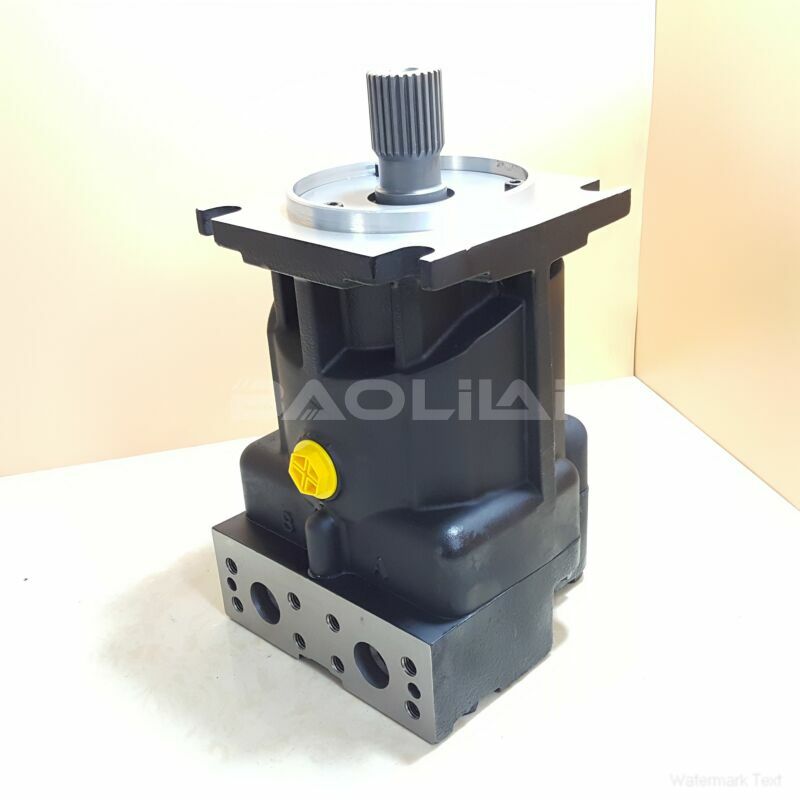90M100NC0N7N0F1W00NNN0000G0 sauer danfoss motor
90M100NC0N7N0F1W00NNN0000G0 sauer danfoss motor

- Product Details
- Applicable Scene
As the manufacturing landscape evolves with the advent of automation and smart technologies, high voltage motors are poised to play a crucial role in shaping the future of autonomous manufacturing systems. These motors, known for their efficiency and power capabilities, are fundamental to driving the machinery that underpins modern production processes. This article explores the significance of high voltage motors in autonomous manufacturing and their future trajectory within this transformative industry.
90-M-100-NC-0-N-7-N-0-F1-W-00-NNN-00-00-G0
90M100NC0N7N0F1W00NNN0000G0
High voltage motors are essential in various manufacturing applications, from driving conveyors to powering heavy machinery. Their ability to operate at high efficiencies makes them an attractive choice for manufacturers seeking to reduce energy consumption and operational costs. As industries grapple with increasing energy prices and sustainability mandates, the integration of high voltage motors can contribute to significant operational savings and lower carbon footprints.

9631121C
One of the most prominent trends in autonomous manufacturing systems is the shift towards Industry 0, characterized by increased interconnectivity, data exchange, and automation in manufacturing technologies. High voltage motors, when integrated with IoT (Internet of Things) technologies, can be remotely monitored and controlled, enabling predictive maintenance and reducing downtime. This capability enhances efficiency and reliability in production lines, fostering a seamless operation that is less prone to unexpected failures.
Furthermore, the development of artificial intelligence and machine learning algorithms empowers manufacturing systems to optimize their performance dynamically. High voltage motors equipped with advanced sensors and connectivity can provide real-time data, which allows for better analysis of performance metrics and operational conditions. Manufacturers can use this data to fine-tune processes and machine usage, ensuring that systems operate at peak performance while minimizing waste and energy consumption.
As the demand for electric vehicles and renewable energy sources grows, the applications of high voltage motors will expand beyond traditional manufacturing. Industries involved in sustainable energy generation, such as wind and solar power, require high voltage motors for various applications, including generators and auxiliary systems. This shift highlights the versatility of high voltage motors and their potential to contribute to green technology efforts while sustaining autonomous manufacturing systems.





